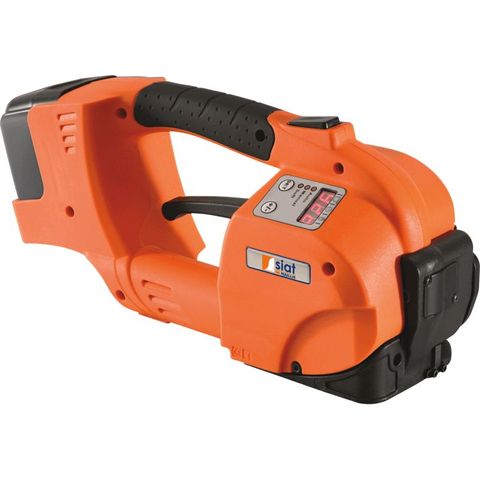Bubble Wrap Chronicles: History, Uses, and Fun Facts
Bubble Wrap Chronicles: History, Uses, and Fun Facts
Blog Article
pallet wrap are ubiquitous within our daily lives, helping numerous functions from wrapping to safe-keeping. These come in numerous designs, sizes, and strengths, making them flexible instruments in individual and professional contexts. Here's everything you need to understand about cardboard boxes.

History and Development
Cardboard, exclusively corrugated cardboard, was first trademarked in 1871 by Albert Jones of New York City. Jones used it for wrapping bottles and window lantern chimneys. The corrugated container, as we know it nowadays, was designed by Robert Gair, who created a unit to make vast amounts of containers. This development labeled the beginning of bulk generation and extensive utilization of cardboard boxes.
Forms of Cardboard Boxes
Corrugated Bins: These are the basic most frequent kind and are produced from corrugated paperboard, which is made up of fluted corrugated sheet and 1 or 2 flat linerboards. Corrugated cases provide strength and durability, which makes them suitable for shipping and keeping heavy goods.
Folding Cartons: Often known as paperboard cases, these are typically used for lighter in weight things. Examples include breakfast cereal cases, cells containers, and product packaging for small electronic devices. They may be usually created from one coating of paperboard.
Inflexible Cases: These are strong and quite often utilized for higher-finish items like expensive jewelry, electronic products, and makeup products. Unlike corrugated and collapsable cartons, rigid bins will not retract or fall.
Production Method
The production of cardboard boxes entails several techniques:
Pulping: Wood potato chips are split up into pulp, that is then washed and processed.
Document Generating: The pulp is distributed and pushed into linens of document.
Corrugation: For corrugated containers, pieces of paper is passed through corrugating rolls to create the fluted sheet. This is certainly then fixed between two linerboards.
Reducing and Shaping: The corrugated linens or paperboards are cut and shaped into cases utilizing die-decreasing devices.
Stamping and Finish: Boxes are frequently published with branding or product details and may be protected for added durability.
Makes use of and Benefits
Cardboard boxes are primarily useful for product packaging and shipping and delivery. Their positive aspects include:
Safety: Cardboard gives a protecting covering around things, safeguarding them from bodily problems during transportation.
Changes: They may be easily personalized when it comes to size, form, and style to match certain requires.
Sustainability: Most cardboard is recyclable and made from green resources, rendering it an environmentally friendly wrapping option.
Cost-Effective: Cardboard is relatively inexpensive in comparison with other wrapping materials, rendering it an expense-powerful choice for companies.
Ecological Effect
Among the considerable advantages of cardboard boxes is the recyclability. Recycling cardboard decreases the requirement for virgin supplies and helps save assets. Nonetheless, it is recommended to ensure that cardboard is discarded effectively. Polluted cardboard (with meals, natural oils, or some other substances) can not be reused efficiently and could result in trash dumps.
Innovations and Styles
The cardboard package industry is continually changing. Some latest trends involve:
Wise Packaging: Including technology including QR rules and RFID labels into cardboard boxes to provide more info concerning the product or service and boost the client experience.
Environmentally friendly Procedures: Raising usage of recycled supplies and adopting eco-helpful production operations.
Design Enhancements: Development of much more sturdy and lightweight designs to reduce transport charges and environmental affect.
Conclusion
Cardboard boxes are a fundamental element of modern logistics and packaging. Their overall flexibility, charge-efficiency, and enviromentally friendly advantages make sure they are an essential resource in different market sectors. As the demand for sustainable packaging grows, the cardboard pack industry is probably going to continue innovating, ensuring these simple yet vital storage containers continue to be relevant later on.
Report this page